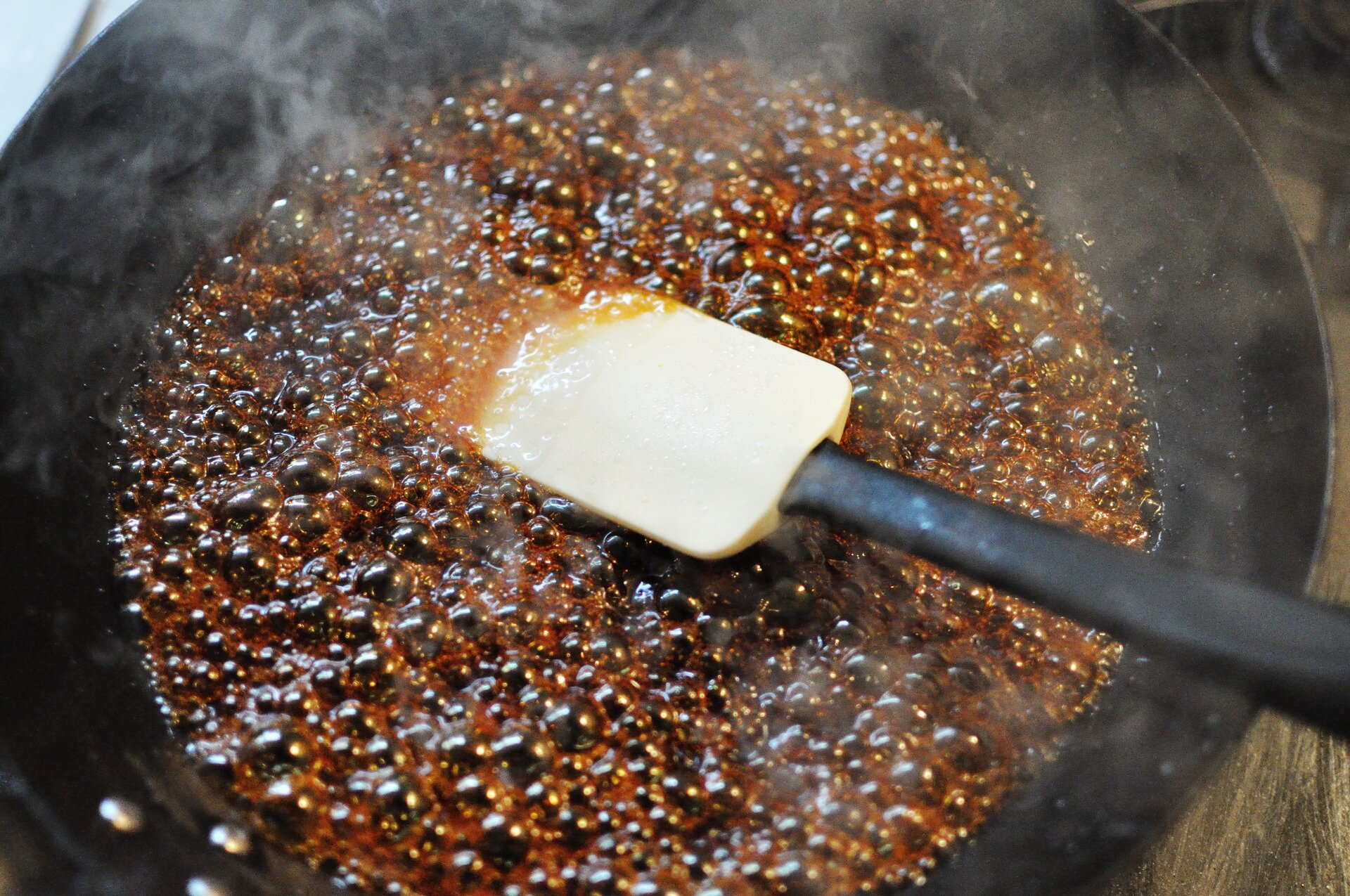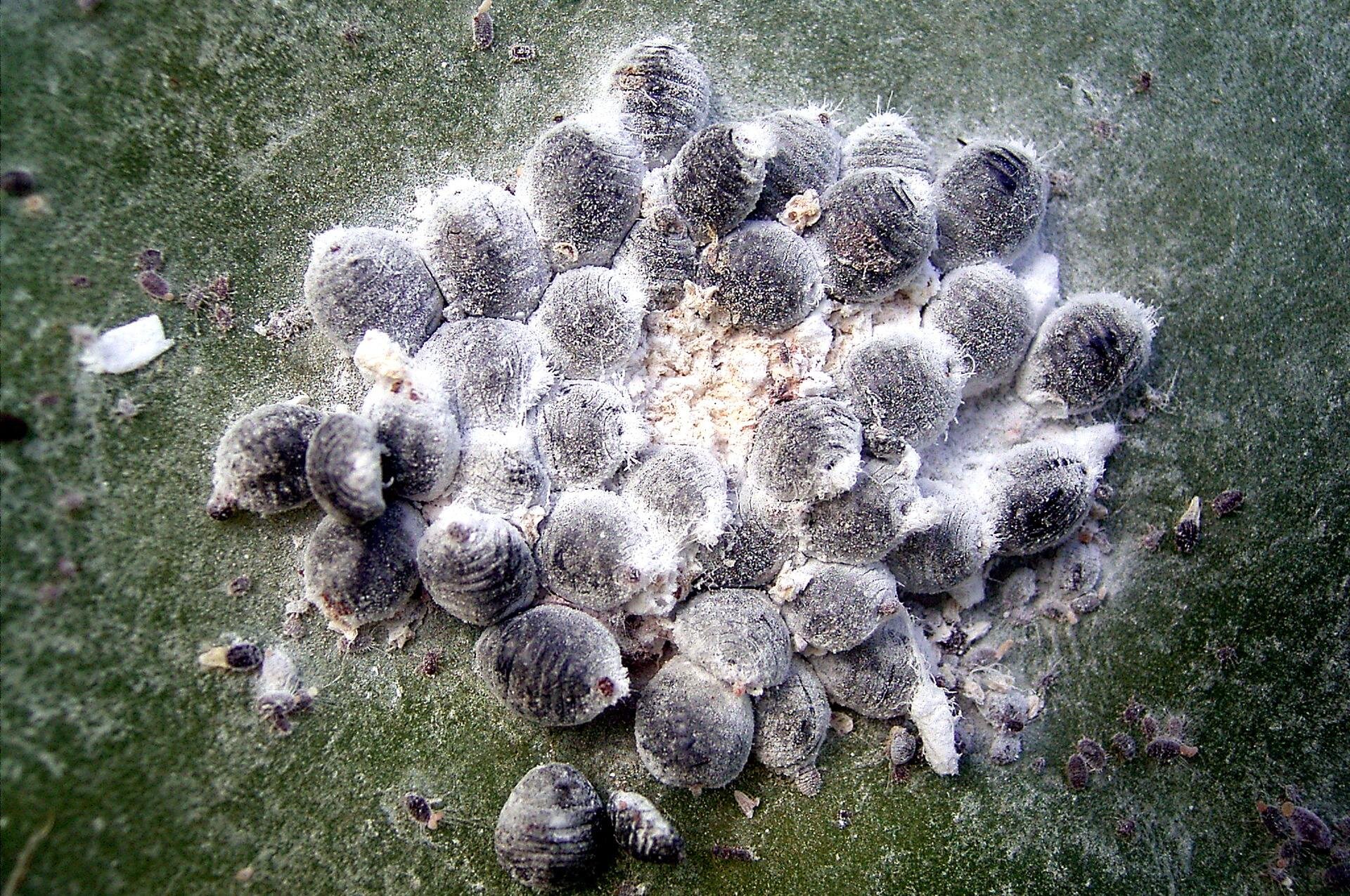Is everything natural really natural and artificial - really artificial?
that nutrients are proteins, fats, carbohydrates, vitamins and mineral salts; that the deterioration of food is accelerated by the presence of oxygen and moisture and is caused by bacteria and fungi;
that various chemical processes take place during the production and storage of food.
to discuss the purpose of using various food additives;
to indicate – due to the labels – dyes, antioxidants, thickeners and preservatives that have a detrimental effect on human health;
to distinguish the markings of certain dyes, antioxidants, thickeners and preservatives and indicate those that may have a detrimental effect on human health;
to list examples of products in which food additives are included;
to discuss the consequences of using food additives.
Is everything natural really natural and artificial – really artificial?
Consumers share a lot of excitement with the division of food additives into natural and artificial. In the colloquial evaluation, the means obtained by chemical synthesis are harmful to health, while „natural” substances, i.e. of vegetable and animal origin, obtained by fermentation or other biological processes, are safe. From the toxicological point of view, the division of food additives into healthy and harmful ones does not coincide with the division into natural and artificial additives. The important thing is whether the agent used is safe for the health of the consumer, and not which methods were used to obtain it.
Type of additives | E symbol | Examples | |
Component | E symbol | ||
Dyes | 100–199 | cochineal | E 120 |
Preservatives | 200–299 | benzoic acid | E 210 |
carbon dioxide | E 290 | ||
Antioxidants, stabilizers | 300–399 | L‑ascorbic acid | E 300 |
citric acid | E 330 | ||
Emulsifiers and thickeners | 400–499 | guar gum | E 412 |
Arabic gum | E 414 | ||
soy lecithin | E 322 | ||
phosphates and sodium and potassium polyphosphates | E 450 | ||
Other assistants | 500–599 | sodium carbonate (soda) | E 500a |
sodium bicarbonate (baking soda) | E 500b | ||
ammonium carbonate | E 503a | ||
Flavour‑enhancers | 600–699 | monosodium glutamate | E 621 |
Other: sweeteners, shiners, etc. | 900–999 | aspartame | E 951 |
Thickeners, stabilizers etc. | 1000+ | ||
Preservatives are only a small group among substances added to foods. Food additives are also used to: improve taste, smell, colour and consistency.
Addition of dyes to food raises a lot of controversy. You may find that there is an opinion that food colouring misleads consumers. On the other hand, some consumers believe that it should only be allowed to colour foodstuffs using natural and natural‑like dyes, and that synthetic dyes should be strictly forbidden. Known facts from the past could have contributed to such opinions. In 1936 it was proved that one of the commonly used synthetic dyes at that time – butter yellow – has strong carcinogenic properties. However, based on current research, colouring substances that are used in Poland do not raise toxicologists' concerns.
SweetenersSweeteners are used as table sweeteners, among others in order to give a sweet taste to foods without sugar. Demand for these substances is related to economic and health reasons (increasing number of diabetics and obese people). The intensity of the sweet taste varies depending on the type of sweetener, its concentration, pH and temperature. Model in determining the intensity of sweet taste is sucrose, the sweetness of which is assumed to be one.
Sweetener | Symbol | Sweetness |
Sorbitol | E 420 | 0.5–0.6 |
Xylitol | E 967 | 1.0 |
Aspartame | E 951 | 160–200 |
Saccharin | E 954 | 300–500 |
Select true statements.
- In order to change the acidity and increase the durability of food, regulators are added.
- Starch is one of the thickeners that swells under the influence of water, and is added, for example, to cold meats.
- One of the dyes that is obtained as a result of the thermal processing of sugar is caramel.
- The substances that keep the emulsion permanently in use are antioxidants.
- To prevent fruit darkening or fat oxidation, antioxidants, also known as emulsifiers, can be added to foods.
Using your own knowledge and available sources of information, describe the food additives listed below. Present the role of each of them, give examples, list the types of dishes and food products to which they are added. Share your knowledge with other students.
Sweeteners:
Aromas:
Acidity regulators:
Thickeners and emulsifiers:
Create a multiple-choice test based on today's lesson. Then exchange your questions with a friend or classmate.
Question: ...
- ...
- ...
- ...
- ...
Summary
Food preservation substances have been used for thousands of years.
Preservatives are substances that prolong food durability.
Common preservatives are, for example, table salt, ascorbic acid, benzoic acid, sorbic acid, acetic acid.
Not only preservatives are used as food additives, but also substances that improve the colour, consistency and taste of products are often used for this purpose.
Keywords
Sweeteners, preservatives, food additives, dyes
Glossary
barwniki – substancje nadające barwę albo przywracające barwę produktom
E‑dodatki do żywności – substancje dodawane do żywności w celu polepszenia jej jakości, gruntownie przebadane i spełniające normy europejskie, np. substancje konserwujące oznaczone są kodami od E 200 do E 299
konserwant – związek lub mieszanina związków chemicznych, powodujący przedłużenie trwałości produktów spożywczych
metody konserwowania żywności – metody mające na celu zachowanie i utrzymanie żywności w niezmienionym stanie poprzez zabezpieczenie jej przed niekorzystnym wpływem czynników chemicznych (utlenianie), fizycznych (temperatura, światło) lub biologicznych (mikroorganizmy), np. zamrażanie mięsa, suszenie owoców, marynowanie ogórków
substancje słodzące – substancje wywołujące wrażenie słodkości



